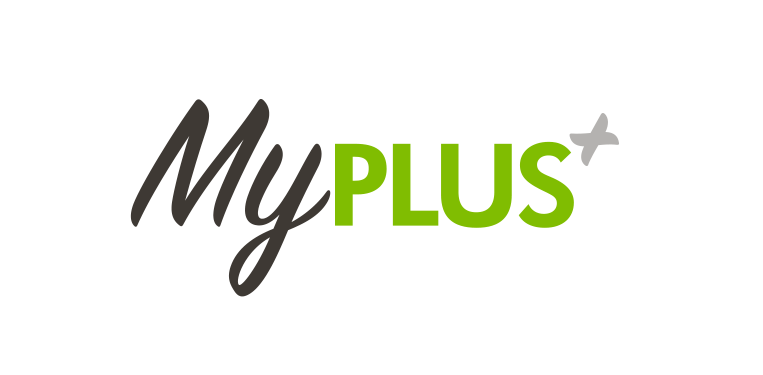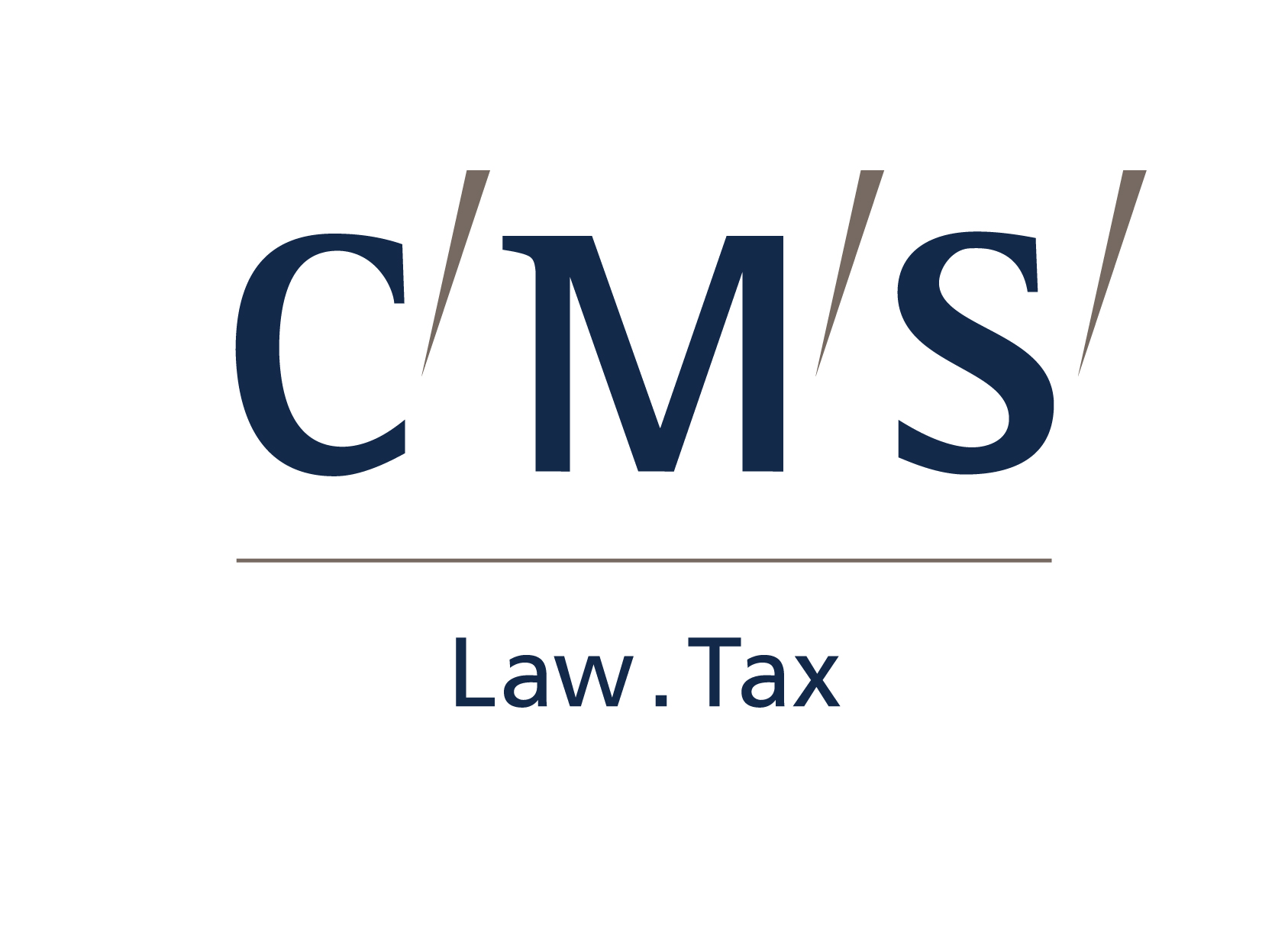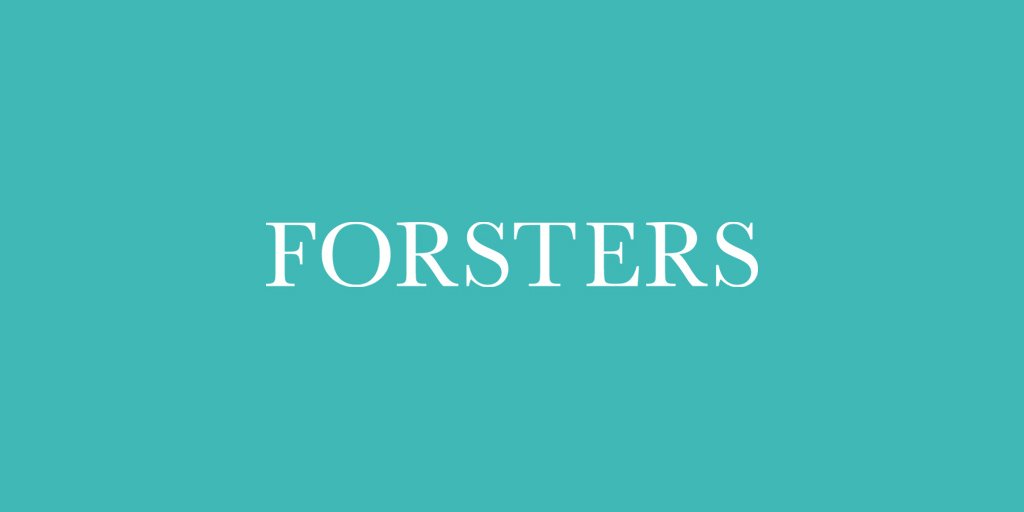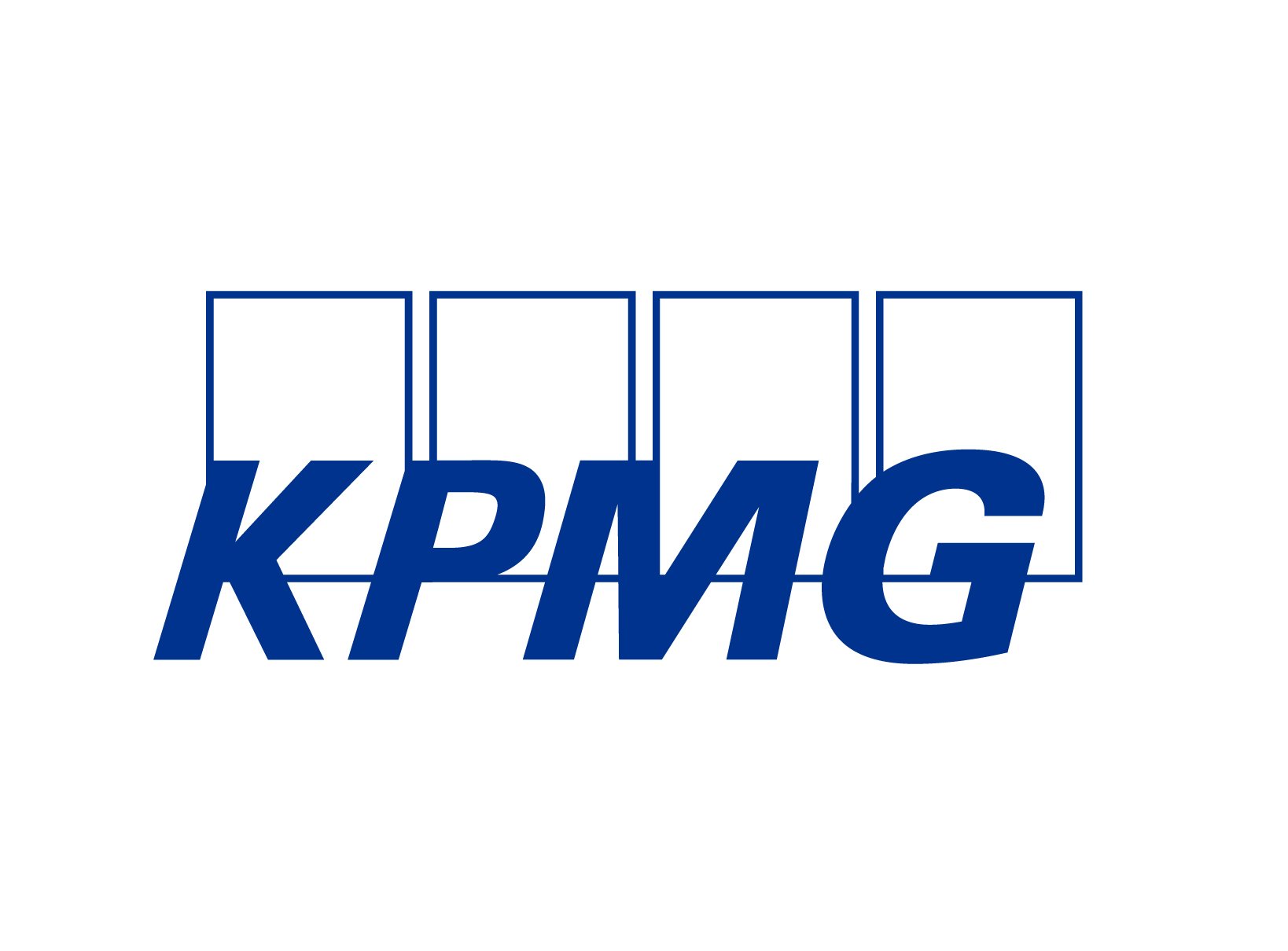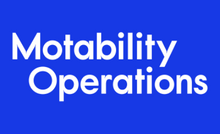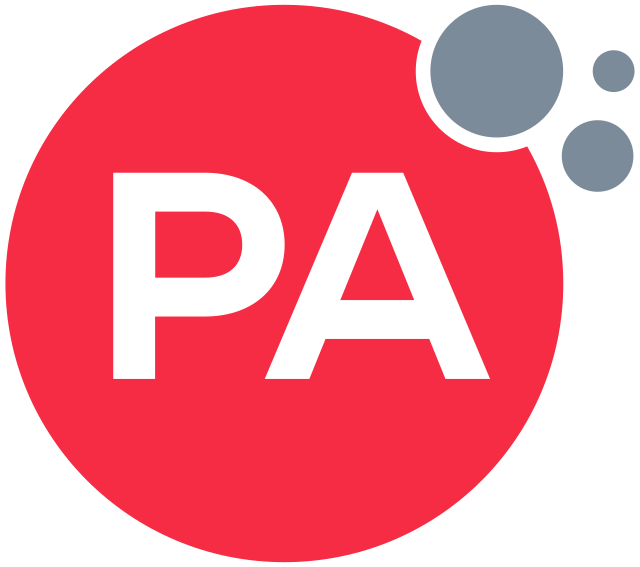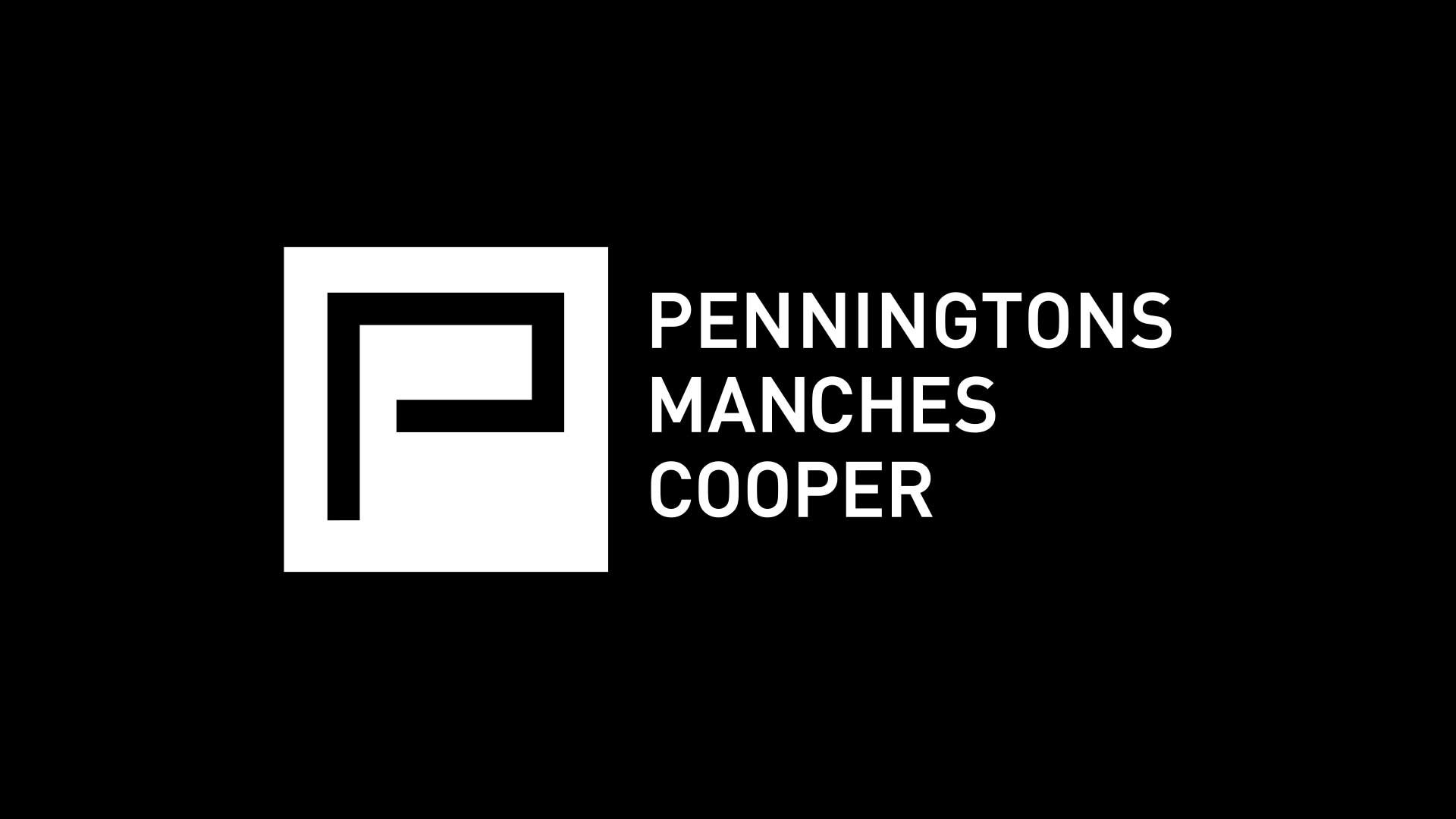Author - Cai Cherry, Trainee at DLA Piper
Cai shares his thoughts on what employers can do to make the workplace more inclusive for employees with disabilities. Cai developed Guillain Barre Syndrome, fibromyalgia, and a functional neurological disorder in his first year of university, and since then has launched Law According To A King (a legal blog and podcast, as well as an enrichment course for sixth formers), worked on international human rights research projects, and advocated for LGBTQ+ and disability inclusion.
Working styles
Some people have unique ways of working – a specific colour-coding system, they only use paper, or they stick post-it notes everywhere. People with disabilities often adopt specific methods to enable them to manage their condition and overcome barriers; disrupting this can be devastating to their productivity. Taking the time to understand how each member of your team best works can save a lot of time later when adaptations are needed.
Dress codes
For people with physical disabilities especially, dressing appropriately may be difficult. Of course, out-dated dress codes requiring all women to wear high-heels and all men to wear ties may be increasingly left behind, however how well do your dress codes permit difference? Ensuring your dress code is as inclusive as possible allows people with disabilities to adapt it to suit their needs, enables your team to focus on the actual work rather than wasting time and energy simply dressing the part when it isn’t always necessary.
Dialogue
Disabilities need to be ‘disclosed’ if employees are to be supported, however how easy are you making it for your employees to talk to you about their requirements? By promoting an open dialogue, working with disability organisations, and actively undertaking the training needed to promote an inclusive work environment, you prove to your employees who may be hesitant about disclosing their health conditions that they will be listened to and supported. Just as racist, sexist and homophobic language and micro-aggressions need to be challenged, ableist acts and speech similarly deserve the attention to be dealt with appropriately and responsibly to show your team that everyone is welcome.
Working remotely
Lockdowns have been a blessing in disguise for the WFH revolution. By allowing remote and flexible working, the tasks still get done however your workers are able to complete them from a location that suits them. For disabled people who may struggle to get out of bed some days, or don’t wish to brave bad weather or battle through busy tube stations, working from home removes a great deal of stress and exhaustion, and adapting your team to permit remote working can greatly improve productivity and inclusivity.
Making things clear
By taking the time to understand how your team-members best work, you can also ensure that you give your instructions in a format that they will best understand. For some people, an email or written instructions are clearest, whereas others prefer face-to-face dialogue where they can easily ask questions if needed. Some people need to make notes while you’re talking, whereas others may simply remember everything you say by themselves. If you learn how best to make yourself clear to each member of your team, you can save a lot of time and a lot of wasted effort when work gets done incorrectly, or there’s a miscommunication along the way. You may want to check in with neurodiverse people and those with cognitive difficulties specifically to ensure that you are making yourself as clear as possible.
Webinars and seminars
While we all know the feeling of zoning out in a Zoom meeting, for people with certain disabilities, even just going to a meeting, whether online or in person, may be a struggle to stay focussed and understand what is happening. By ensuring you include BSL interpretation or closed-captioning to these kinds of events, you make your event more inclusive for those with hearing difficulties. Not only this, but by providing hand-outs, notepads, or graphics, you can make the information much easier to digest for all.
The built environment
Modern offices might be built to conform to the Equality Act, however how do they actually work when a disabled person needs to get around? Lifts, accessible toilets, and wide walkways and doors are helpful, however you should also be considering other features such as smooth floors which can be difficult for people with crutches or walking sticks to navigate without slipping, or whether you have an appropriate number of quiet places to work for people sensitive to noise. Consider transport links to your office, and whether clients or employees with physical disabilities can easily get there without a taxi – is there a nearby bus route? Is the local tube or train station accessible? Work doesn’t end at your office door, and neither should your commitment to inclusivity.
Workplace adaptations
Are the desks adjustable? Is the kettle or coffee machine at an accessible height? Do you have text-to-speech or speech-to-text software? There are so many easy ways to make your workplace inclusive, and the easiest way to go about this is to ask your employees what they actually need. Instead of going out and spending all the money on every adaptation imaginable, the easiest way to make your workplace inclusive is by speaking to your employees, understanding their needs, and implementing the things that will make them healthier, happier, and, ultimately, more productive.
